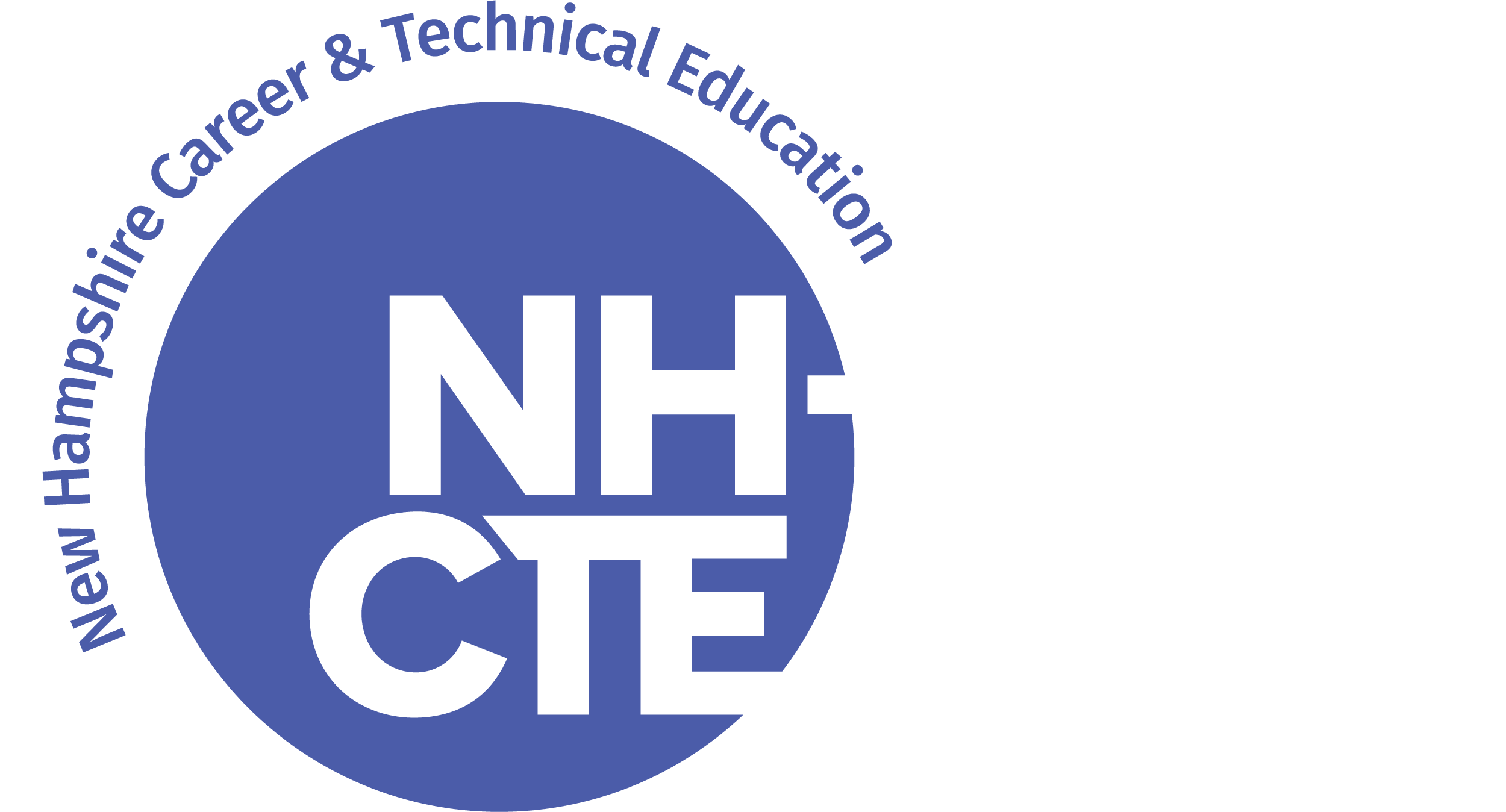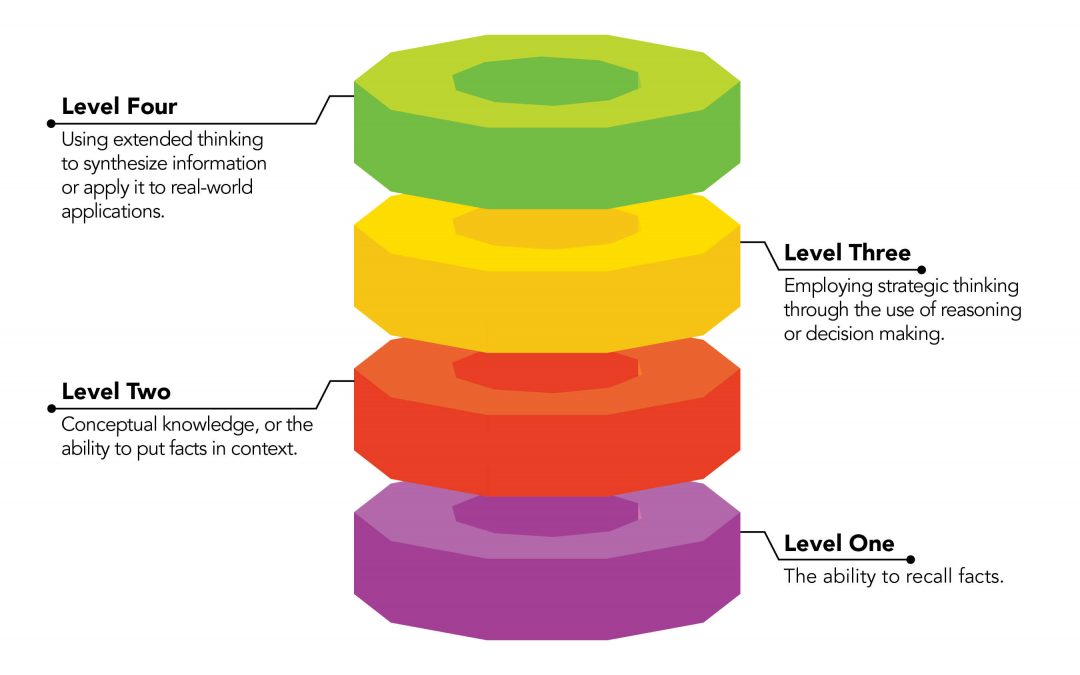It is not so much what student knows, but how and what he/she does with that knowledge that will serve the needs of industry today and tomorrow, which underscores the usefulness of the Cognitive Rigor Matrix. Designed by Karen Hess, the Matrix is a tool and resource that Career and Technical Education (CTE) teachers can use to help guide and scaffold lessons. As opposed to grading or measuring a student’s demonstration of a competency, the Matrix reveals the complexity of a task or activity at the point of instruction.
Kirsten Soroko, who trained CTE teachers statewide in how to use the Matrix this summer, said its widespread use in the secondary school setting has far-reaching implications. “A student’s depth of knowledge is based upon rigor of the mind, which is complexity over difficulty,” she said. “Teachers who use the Matrix as a way to build complexity enable students to build process and inquiry rather than simply promote rote memorization.”
According to Doug Cullen, founding president of the Vermont/New Hampshire Career Development Association (VT/NH CDA), promoting ‘rigor of the mind’ represents a shift toward the utilization of work-based learning (WBL) initiatives in the career development process.
“There are a variety of interventions in place surrounding career development as a discipline and the use of experiential learning as a strand within,” he said. “This approach is driving improvements in student efficacy, engagement, overall learning and a host of other benefits…The key is to create partnerships between secondary, post-secondary and industry-involved education providers.”
Beth Doiron, director of College Access and DoE Programs at the Community College System of NH, agreed and said the business sector is also critical. She cited one recent example in Manchester in which several area companies approached Manchester Community College regarding a need for tube welders.
“We are working with them to fill that long-term need,” she said. “Everything taking place within the CTE sector is aligned with real needs in the labor market.”
Lisa Danley, director of the Cheshire Career Center in Keene, added that CTE is defined by its usefulness across multiple spectrums.
“The programs we offer are aligned with college courses and programs and industry needs across the state,” she said. “Programs are not designed in a vacuum.”
In helping teachers instruct students on how to think rigorously, Soroko said CTE is preparing the next generation of problem solvers. “It is time for us to start teaching our kids how to think,” she said. “It is not about memorizing content, but how we use content and transfer it to something new to solve problems…this is the new CTE.”
According to Jen Haskins, director of Career and Technical Education at Pinkerton Academy this new way of conceptualizing and implementing CTE across the state results in immediate benefits for students, too.
“All of our programs are aligned with high skill, high wage jobs—we are not putting out students that just have entry level positions,” she said. “Obviously, they still need to work and progress in their industry and through other continuing educational opportunities, but they can hit the ground running and make livable wages while they advance.”
Noting advancements continue to be made in the general community’s perception of CTE, Steve Rothenberg, board president of the New Hampshire Career and Technical Administrators (NHCTA), acknowledged one of their biggest challenges remains one of leverage.
“We need to create a model where the state can leverage best practices, so teachers’ strengths are maximized and the interests of students are best served,” he said. “Promoting cognitive rigor is one of the tools we will continue to deploy to best ensure these internal and external needs are met.”

